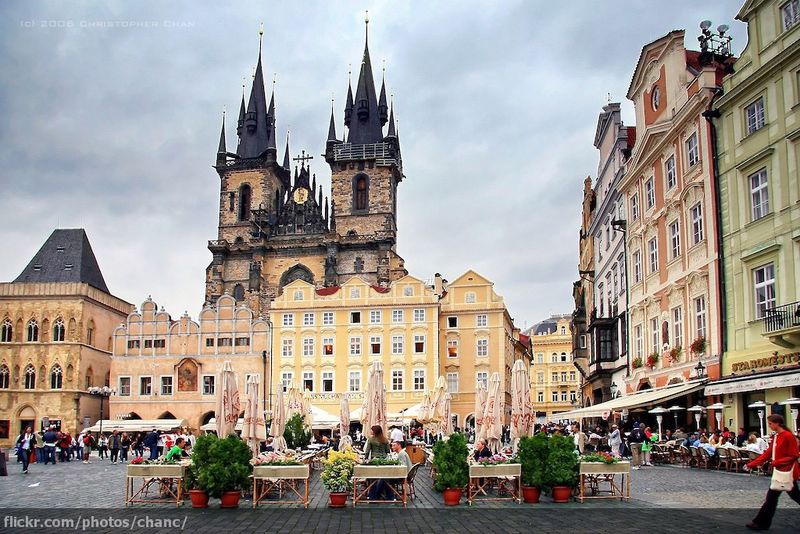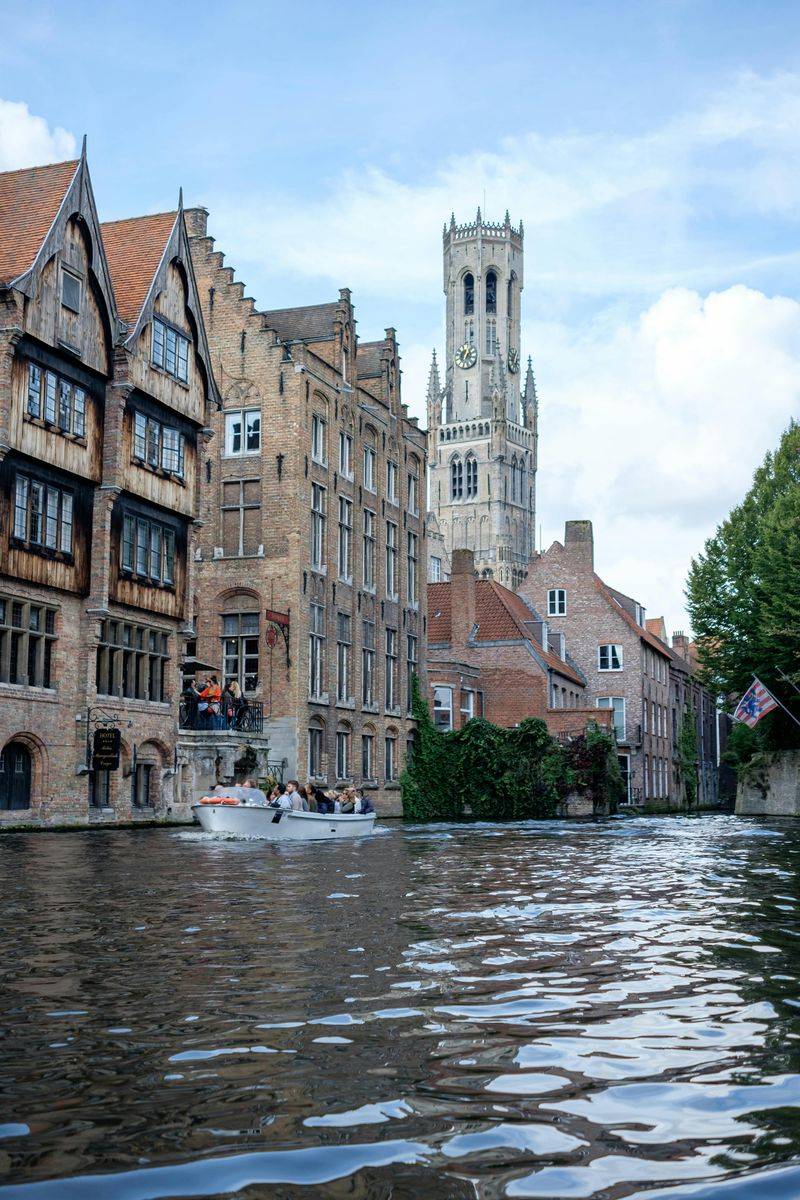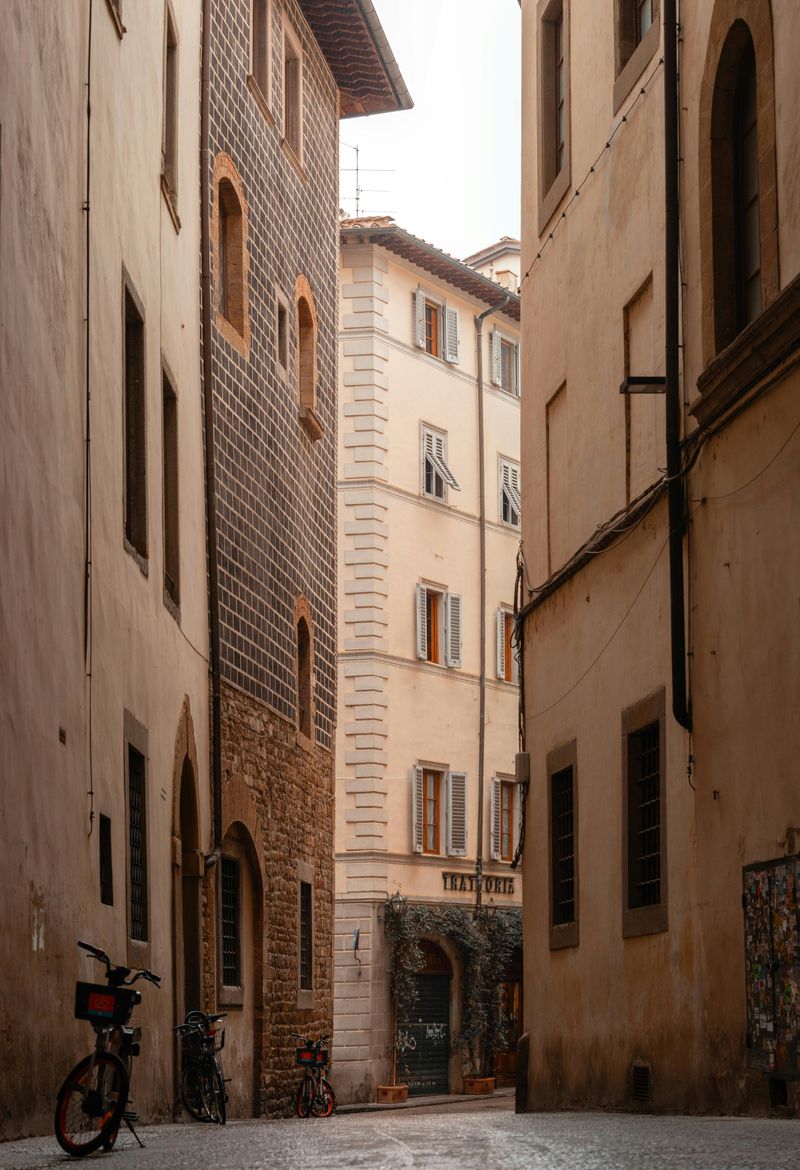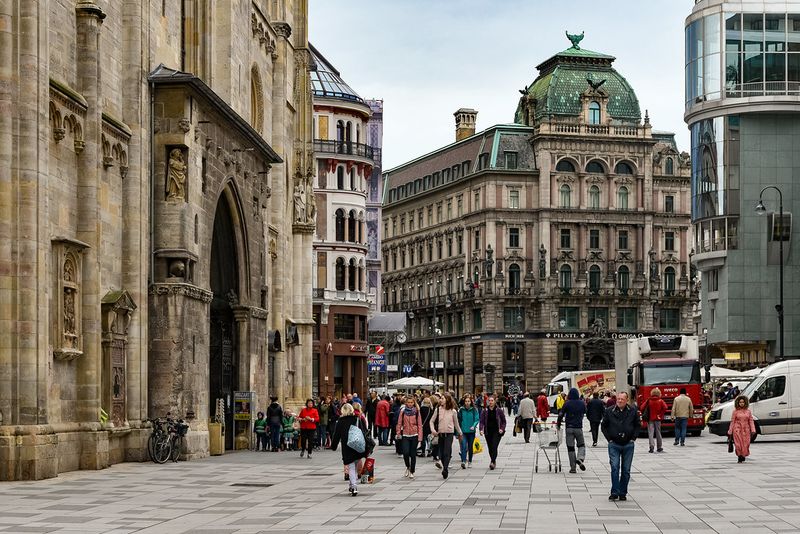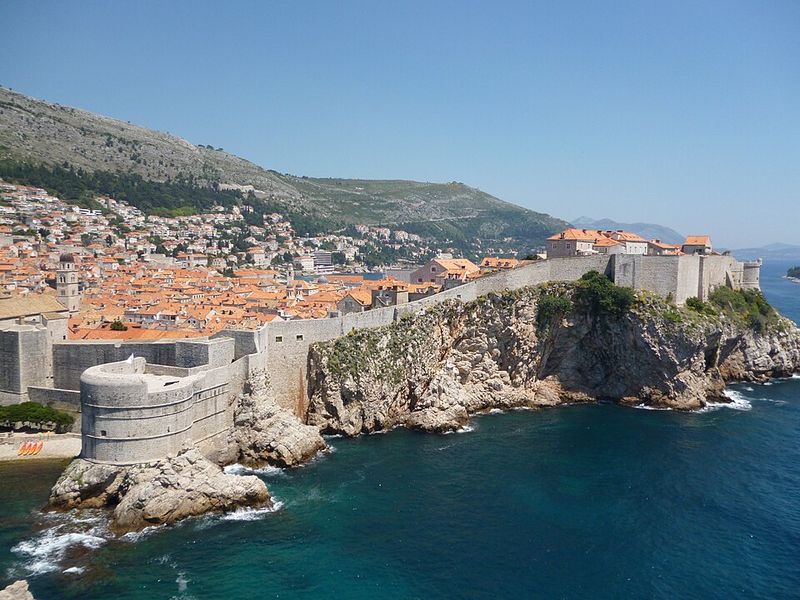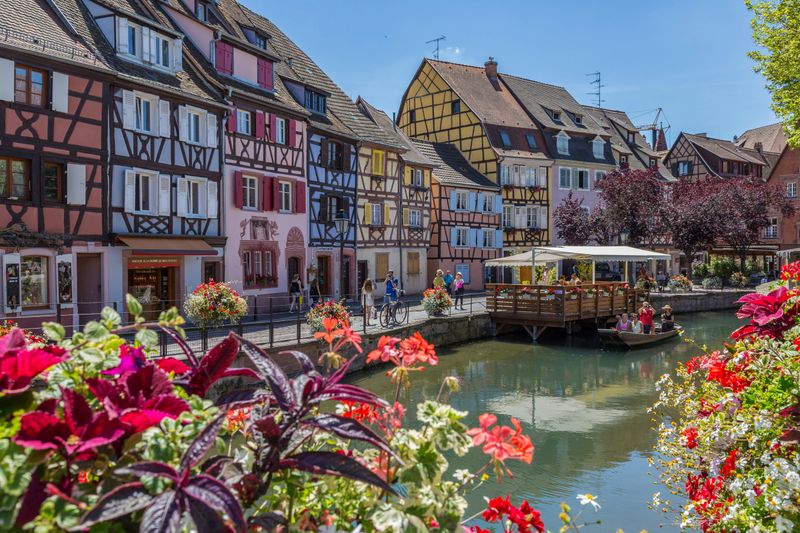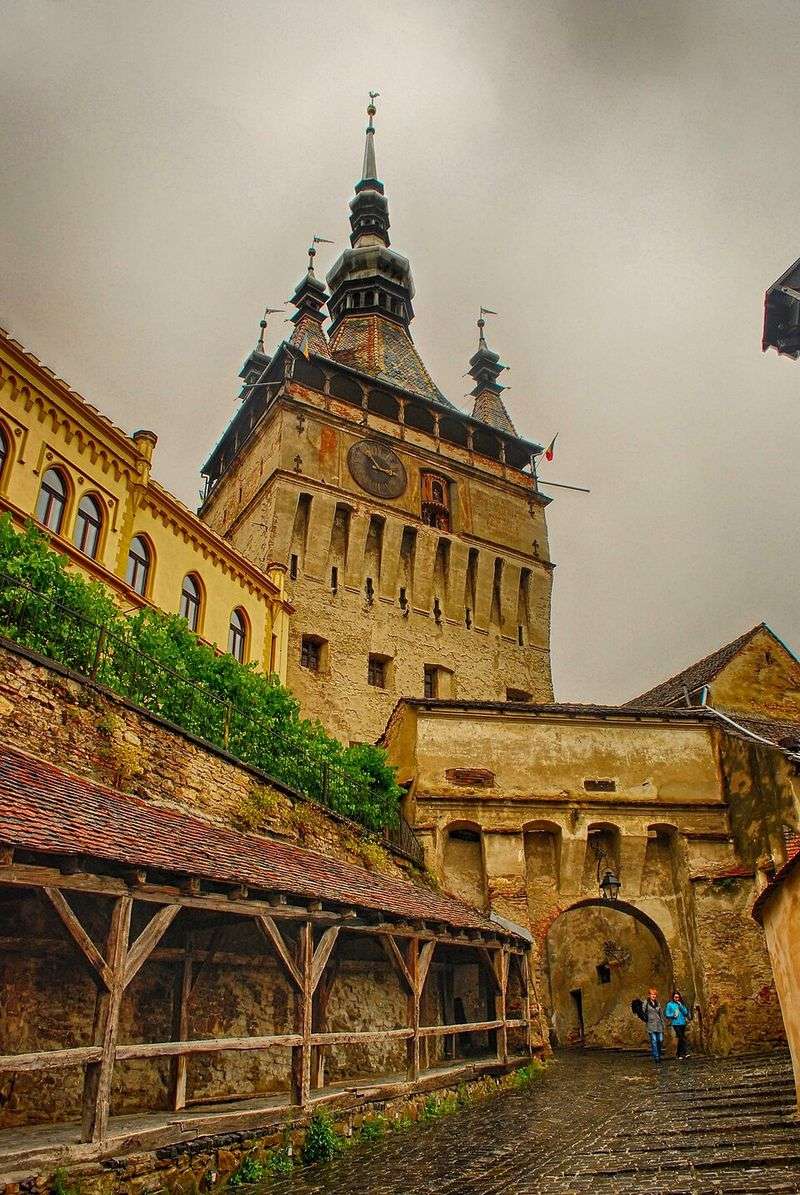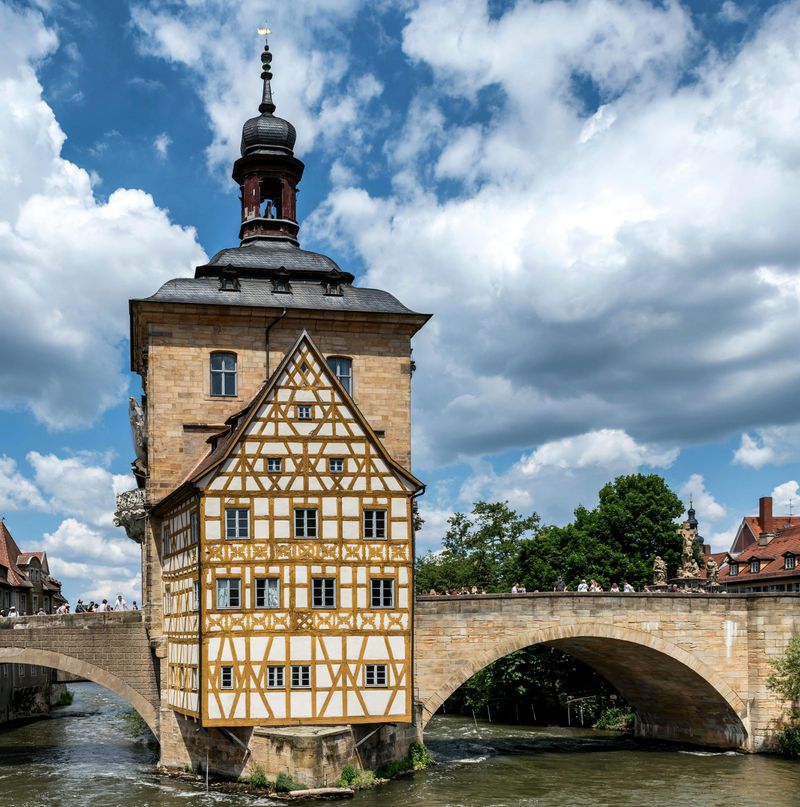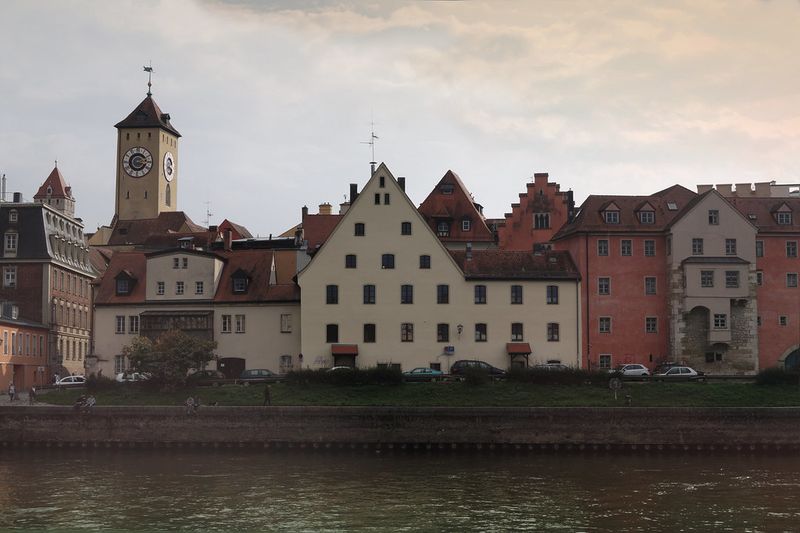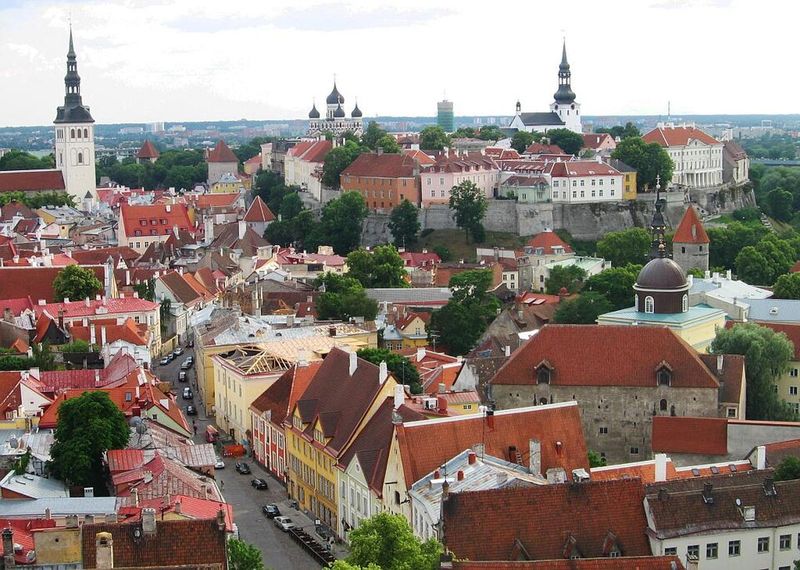Step into streets where cobblestones remember centuries and every façade whispers a story. These 12 old towns aren’t museum pieces—they’re living neighborhoods where daily life unfolds amid Gothic spires, Renaissance palazzi, and riverside arcades. Whether you’re chasing UNESCO gems or intimate corners untouched by time, each city offers a different portal into Europe’s layered past. Ready to wander lanes where history still sets the rhythm?
Prague, Czech Republic
Prague’s Old Town distills a millennium of Central European history into a walkable maze of lanes, arcades, and spires. At its heart, the Old Town Square buzzes with markets and music beneath the Astronomical Clock’s hourly spectacle. Merchants once converged here from river and road, weaving fortunes at the crossroads of empires. Today, Gothic towers pierce the sky while Baroque façades glow in afternoon light, framing cafés and galleries. Wander narrow alleys that suddenly open onto grand plazas, revealing layers from medieval guild houses to Renaissance palazzi. Look up: statues perch on cornices like watchful guardians. Look down: centuries-worn stones guide your steps. The UNESCO-designated historic centre remains remarkably intact, its compactness ideal for slow exploration, storytelling guides, and twilight walks where history feels palpably close.
Bruges, Belgium
Bruges unfolds as a dreamscape of canals, low-arched bridges, and medieval towers that seem to rise straight from the water. The wealth of the 12th–15th centuries lingers in guildhalls and belfries, their silhouettes mirrored in glassy waterways. Lace shops and chocolatiers add artisan charm to streets where traders once tallied fortunes from Baltic to Mediterranean ports. UNESCO recognition safeguards the city’s authentic fabric, preserving gabled rows and brick-Gothic churches. Drift along by boat to see hidden courtyards, or wander quiet alleys that turn unexpectedly scenic. In golden hour, façades burn with honeyed light and bell chimes echo over the Markt. Bruges feels preserved yet lived-in, a place where time slows, reflections deepen, and every corner presents a composition worthy of a painter’s steady hand.
Florence, Italy
Florence’s old town is a gallery without walls, where Renaissance genius animates every piazza and palazzo. Narrow medieval streets funnel you toward the Duomo’s terracotta dome, a marvel that anchors the city’s skyline and spirit. Cross the Ponte Vecchio at dusk, when jewelers’ shops glow over the Arno like lanterns. Within this compact centre, stone towers, cloisters, and courtyards preserve a 14th–15th-century urban rhythm. The Uffizi whispers of Medici patronage; sculpture-lined squares blur the boundary between museum and city. Romanesque, Renaissance, and Baroque layers converse in harmonious counterpoint. Pause for espresso beneath frescoed ceilings, then slip into artisan workshops where traditions endure. Walking Florence’s old town feels like leafing through an illuminated manuscript—rich, intimate, and inexhaustibly detailed with light, proportion, and human scale.
Vienna, Austria
Vienna’s Innere Stadt wraps imperial grandeur in a neighborhood scaled for wandering. St. Stephen’s Cathedral anchors a lattice of lanes leading to courtyards, palaces, and cafés where thinkers once argued over pastry and politics. The Ringstraße encircles the old town’s core, its broad arc replacing vanished walls with a parade of 19th-century opulence. Yet inside, the mood turns intimate—arcades, hidden passageways, and antique shop windows reflecting eras layered like an operatic overture. Gothic ribs give way to Baroque flourish and Neoclassical restraint, an architectural dialogue spanning centuries. Museums and music halls sit steps from traditional coffeehouses, their marble tables polished by time. As evening draws in, chandeliers glow, fiakers clip-clop by, and Vienna’s old town feels both stately and warmly lived-in.
Dubrovnik, Croatia
Dubrovnik’s walled old town presents a heroic silhouette against the Adriatic’s shifting blues. Enter through monumental gates to find marble streets, baroque churches, and arcaded loggias unfolding beneath terracotta roofs. The Stradun gleams like polished bone, drawing you toward sea-breezed squares and fortress viewpoints. Climb the ramparts for a continuous panorama: red tiles ripple to the horizon, waves glitter below, and bastions stand sentinel over centuries of maritime trade. The UNESCO-listed core remains remarkably coherent, its urban plan intact despite conflict and time. At sunset, stone glows rose-gold and swallows circle domes. Cafés spill onto lanes, serving seafood that tastes of the coast’s clean salt air. Few historic centres combine such scenic drama with architectural integrity—and fewer still reward every step with views.
Colmar, France
Colmar’s old town feels like a fairy tale that learned to live in the real world. Half-timbered houses lean companionably over canals, their pastel façades mirrored in still water threaded with flowers. Petite Venise forms the postcard heart, yet the charm extends into lanes where wine bars and craft boutiques inhabit centuries-old structures. Renaissance details—ornate oriels, sculpted doorways—punctuate medieval bones. The scale is intimate, the pace easy; you can idle between bakeries and winstubs without missing the architectural narrative. Colors seem brighter here, especially after rain when everything gleams. Colmar’s beauty isn’t just decorative—it’s rooted in Alsatian tradition, cuisine, and craftsmanship. As daylight fades, lanterns appear in windowpanes, and the old town settles into a gentle glow that invites unhurried wandering.
Riga, Latvia
Riga’s Vecrīga bridges medieval grit and Art Nouveau flourish in a compact, culture-rich core. Gothic spires cut the skyline while richly ornamented façades nearby whisper of early 20th-century prosperity. The medieval street pattern persists, threading guildhalls, warehouses, and merchant courtyards into a walkable puzzle of discoveries. Street musicians, design boutiques, and cozy cafés bring modern energy to storied stones. This is a UNESCO-listed centre that breathes: concerts spill into squares, and sunset paints towers in Baltic gold. Look for the Three Brothers, admire elaborate portals, then drift toward the river for fresh air and perspective. Riga’s old town rewards curiosity with layered textures—timber beams, brick vaults, sinuous stucco—each step a dialogue between past resilience and present creativity.
Sighișoara, Romania
Sighișoara’s inhabited citadel feels like a time capsule that never closed. Color-washed houses step around the hill beneath the iconic Clock Tower, while stout walls and bastions recall a town built to defend its merchants. The wooden covered stairway climbs to a hilltop church and quiet cemetery, where vistas open across Transylvanian roofs. Inside the walls, life continues at an unhurried rhythm—craft shops, small museums, and homey restaurants tucked into vaulted rooms. The compact plan preserves medieval alignments, making orientation simple and exploration rewarding. As evening falls, lantern light warms the stone and timber, and music drifts through narrow alleys. It’s a rare blend: authenticity without excess polish, atmosphere without crowds. Sighișoara invites lingering, listening, and letting history speak softly.
Bamberg, Germany
Bamberg’s old town unspools along seven hills and the Regnitz River, its layers remarkably intact after turbulent centuries. The Altes Rathaus straddles the water like a jewel box, painted façades hovering above currents. In Little Venice, fishermen’s houses line a gentle bend, while baroque towers rise beyond. Cobblestones lead past breweries perfuming the air with smoky malt, a local signature. The cathedral precinct gathers Romanesque gravitas and imperial echoes, yet the city remains human-scaled and welcoming. UNESCO status preserves the dialogue between medieval streets and early modern elegance. Mornings bring mist over canals; evenings, golden reflections and convivial taverns. Bamberg rewards slow walkers and detail seekers, offering heritage-rich vistas without capital-city crowds—an ensemble that feels both complete and comfortably lived-in.
Lübeck, Germany
Lübeck embodies Hanseatic power in brick and light. The Holstentor’s rounded towers guard an island old town where spires punctuate a skyline of red masonry and stepped gables. Wander past warehouses once piled with Baltic goods, their façades patterned in glazed brick, to churches whose soaring naves echo maritime ambition. The streets feel orderly yet storied, unfolding toward canals that catch northern sun. Merchant houses reveal wealth in restrained detail—arched portals, decorative friezes, measured symmetry. UNESCO recognition affirms this unique Baltic Gothic ensemble, preserved with clarity and pride. Cafés and bookshops soften the austerity, inviting pauses amid history’s geometry. As gulls wheel overhead, Lübeck’s old town reads like a ledger of trade transformed into architecture—precise, beautiful, and enduring.
Regensburg, Germany
Regensburg’s old town gathers Roman roots, medieval might, and mercantile ambition into one of Europe’s best-preserved cores. The 12th-century Stone Bridge strides the Danube, a feat that once rerouted trade and fortune. Patrician towers and painted façades line narrow lanes that open into busy squares, their cafés humming with student chatter. The cathedral’s pinnacles soar above a thousand listed buildings, a UNESCO landscape where continuity matters. Here, history isn’t staged—it’s lived through markets, workshops, and longstanding taverns serving sausage by the river. Every alley reveals a clue: a Roman gate, a merchant courtyard, a hidden chapel. Regensburg invites slow circuits and repeat visits, rewarding attention with textures, stories, and the pleasant realization that grandeur can feel effortlessly walkable.
Girona, Spain
Girona’s old town offers a calm, sunlit labyrinth of stone lanes and secret courtyards. The Cathedral commands sweeping steps, while the Onyar’s riverside houses paint cheerful bands of color across the water. Walk the restored city walls for panoramas that stitch together rooftops, bell towers, and distant hills. Girona’s Jewish Quarter is among Europe’s best preserved, its alleys narrowing into atmospheric silence. Small cafés and boutiques animate vaulted arcades without breaking the spell. History feels close but never heavy, carried lightly on Mediterranean air. As golden hour washes the stones, the city turns intimate—ideal for unhurried photography and reflective strolls. Girona’s beauty lies in balance: architectural depth, gentle scale, and a serene rhythm that welcomes lingering.
Tallinn, Estonia
Tallinn’s old town rises like a storybook citadel above the Baltic, its ring of towers and walls remarkably complete. Inside, cobblestones thread between merchant houses, guild halls, and Gothic churches that recall a Hanseatic trading powerhouse. Upper Town viewpoints gaze over red roofs to the harbor, while Lower Town squares bustle with cafés and craft stalls. The fabric feels authentic—weathered limestone, thick timber doors, creaking staircases—yet the city hums with creative energy. Street art peeks from alleys; design shops reinterpret tradition with Nordic clarity. Come at dawn for quiet ramparts and empty lanes, or at dusk when lanterns soften the stone. Tallinn’s old town marries fairytale silhouette with real urban life, delivering a compact, evocative journey through time.

